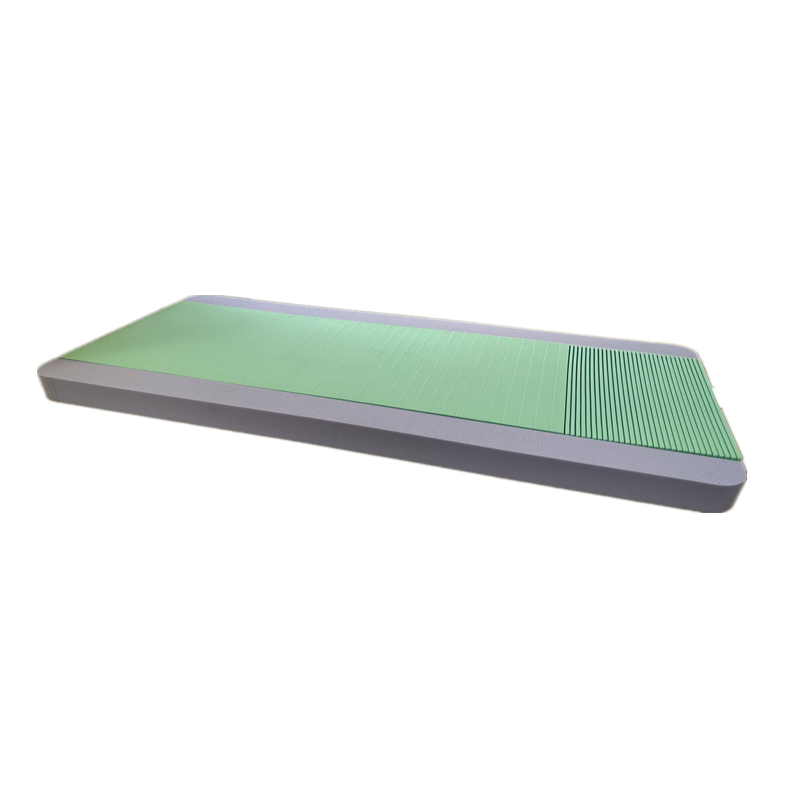Exploring Different Types of Mattresses for Hospital Beds and Their Benefits
Understanding Hospital Bed Mattress Types
When it comes to providing quality care in healthcare settings, choosing the right hospital bed mattress is crucial. The type of mattress can significantly impact a patient's comfort, mobility, and overall healing process. Hospital bed mattresses are designed not just for comfort but also to prevent complications that can arise from prolonged bed rest, such as pressure ulcers, which are common among immobile patients.
1. Foam Mattresses
Foam mattresses are among the most common types used in hospitals. They provide a supportive yet soft surface and can help alleviate pressure points. High-density foam mattresses, in particular, offer excellent durability and maintain their shape over time. These mattresses are often ventilated to enhance airflow, helping to keep the patient cool during their stay.
Gel mattresses are designed with a layer of gel material that helps distribute body weight evenly, reducing pressure on specific body parts. This type of mattress is especially beneficial for patients who are at higher risk of developing pressure ulcers. The gel conforms to the body's shape, providing support where needed while also offering a cooling effect, which can be soothing for patients.
hospital bed mattress types

3. Alternating Pressure Mattresses
Alternating pressure mattresses utilize a system that periodically inflates and deflates air cells within the mattress. This dynamic movement helps redistribute pressure on the patient’s body, reducing the risk of pressure sores. These mattresses are often used for patients with limited mobility who require additional support and care for skin health.
4. Low Air Loss Mattresses
Low air loss mattresses are equipped with a system that creates a controlled environment of air that maintains skin moisture and temperature. This type of mattress is particularly suitable for patients who are already experiencing pressure ulcers or have a significant risk of developing them. They help keep the patient's skin dry by allowing moisture to escape while providing a comfortable surface.
Conclusion
The selection of hospital bed mattresses plays a vital role in patient care and recovery. Understanding the different types of mattresses available—whether foam, gel, alternating pressure, or low air loss—can assist healthcare professionals in making informed choices. By choosing the right mattress, hospitals can enhance patient comfort, prevent complications, and ultimately improve outcomes for those in their care. As technology advances, we can expect even more innovations in hospital bed mattress designs, further enhancing the healing environment for patients.
-
The Truth About "Orthopedic" Mattresses for Sore Back PainNewsAug.23,2025
-
Space-saving Benefits of a Single Mattress CubeNewsAug.23,2025
-
Eco-friendly Advantages of a Silicon MattressNewsAug.23,2025
-
How to Fix Sagging in a Special MattressNewsAug.23,2025
-
How Ambulance Stretcher Mattresses Reduce Pressure InjuriesNewsAug.23,2025
-
Best Cleaning Practices for a Hospital Mattress DoubleNewsAug.22,2025
-
Mattresses Designed for Back Pain ReliefNewsAug.08,2025

